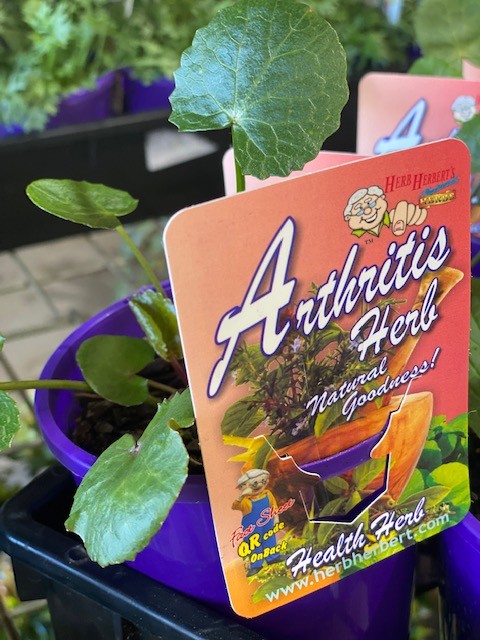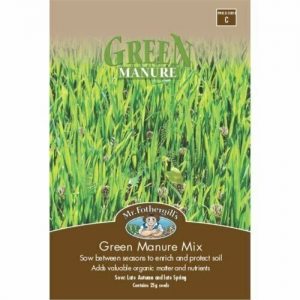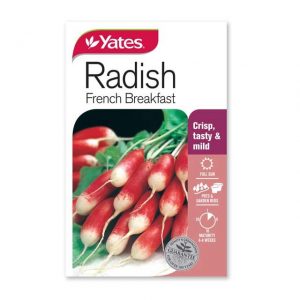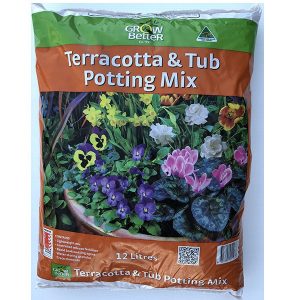ARTHRITIS HERB CENTELLA ASIATICA 100MM
$5.99
ARTHRITIS HERB CENTELLA ASIATICA 100MM
Out of stock
Email when stock available
HISTORY Also known as Arthritis Herb, Gotu Kola and Indian Pennywort, this plant has become embedded in modern folklore as something ofan -elixir oflife-. Legend suggests it to be capable of prolonging a man-s lifespan by at least 50 years. This belief is said to come from the claim that long-lived, wild animals such as elephants use this herb as a food plant. It has long been associated with Ayurvedic medicine of India and is often referred to as Brahmi.
DESCRIPTION A creeping Perennial herb, native to tropical and sub- Tropical Asia, some South Pacific islands, coastal and central Africa. Centella has a creeping habit and can cover a large area, growing in damp open locations including lawns, along fences, under trees or shrubs and along the edge ofpaths and garden beds. It has long slender stolons and from each node grow several round, deeply cordate leaves up to 3 cm wide on long leaf stems. The margins of these leaves can be smooth or lightly scalloped. Three or four small purple-red flowers are produced in an umbel on short flower stems that rise from the nodes.
USES Centella asiatica has been traditionally used as a medicine for thousands ofyears and is said to have a positive effect on skin conditions such as leprosy and psoriasis, ulcers, sores, infections and inflammations, upper respiratory tract infections, diarrhoea, fevers, diseases of the female reproductive system. It is also said to prevent degeneration ofthe brain. Various articles have been written claiming that by eating 2 leaves a day it is said to provide relieve for the symptoms of Arthritis.
CULTIVATION Centella asiatica grows easily from division. Being a plant ofwet, marshy areas it prefers moist, rich soil in partial shade to flourish -the side ofa pond or a naturally boggy area would be perfect; however, it will also grow in sunny dry areas though the leaves wilt usually be a lot smaller. Centalla asiatica can be an invasive plant and could cover a large area quite quickly.




